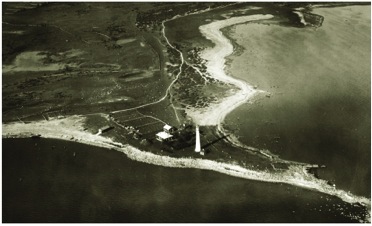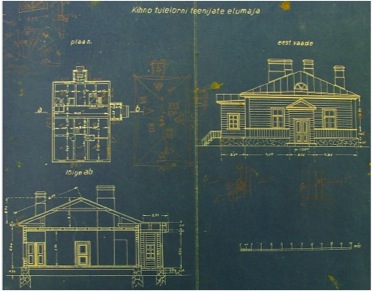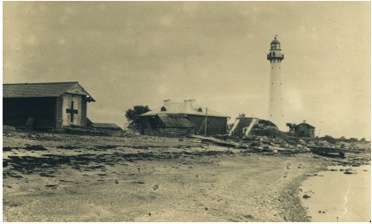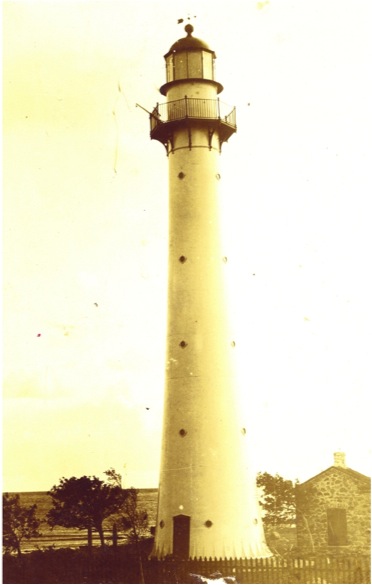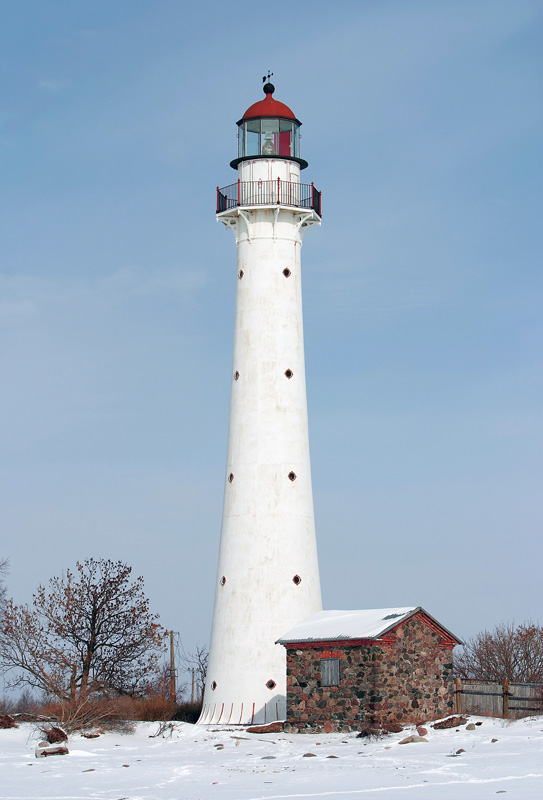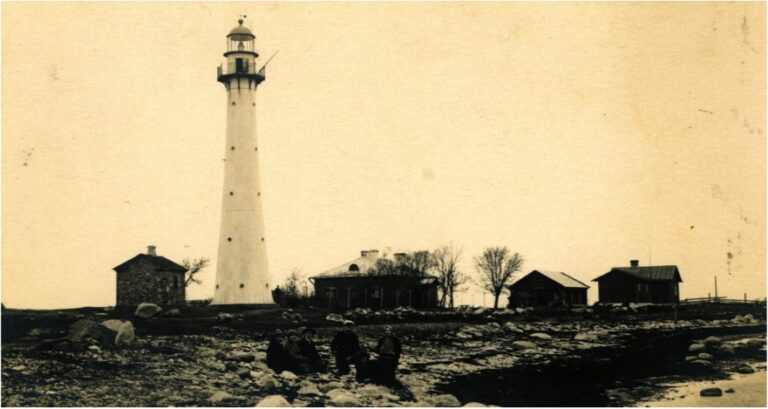The lighthouse of Kihnu was made in England and assembled on site in 1864.The height of the lighthouse is 29 metres above sea level, 28 metres at the base. In 1882, kerosene began to be used for lighting and a kerosene furnace was built. Since 1996 the lighthouse has been operated by an automated system, before which a lighthouse keeper worked in oil.
The lighthouse was built in 1882 and the oil was used to heat the lighthouse.
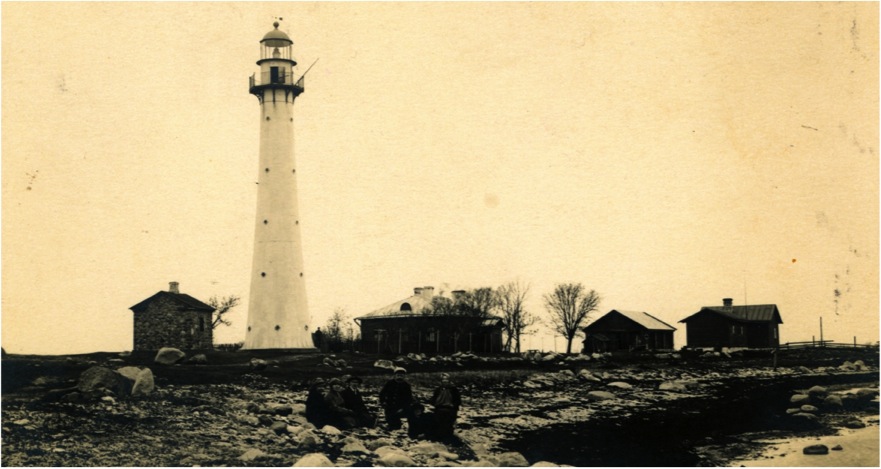
A white puak is located on the southern tip of the island of Kihnu, on the Pitkänä hill. Puak - that's what the Kihnu people call the lighthouse. Despite its seemingly inferior name, the slender lighthouse has played an important role in the life of the Kihnu people. One of the reasons is that it was Kihnu lighthouse that kept the island in constant contact with the outside world until 1898, when a telephone cable was brought along the seabed of Kihnu to establish permanent contact with the mainland.
The need to build a lighthouse on Kihnu was discussed by the Tsarist-Russian Maritime Ministry and the merchants of Riga and Pärnu in 1833. It was recognised that lighthouses were needed in the Väinämeri to mark the navigation route to Hari harbour and the Great Strait. They were required for Viirelaiule, Virtsu and Kihnu. However, the construction was cancelled because the merchants would not finance it and the Ministry lacked funds.
The problem persisted until technological progress lent a helping hand. In England, the Porter & Co factory produced cast-iron lighthouse components that could be ordered and assembled on site. This was a quicker and cheaper method than erecting a stone lighthouse. Thus, in 1863, three cast-iron lighthouses based on the new Gordon system were ordered at once from abroad - Vormsi, Virtsu and Kihnu. The last two were identical in design, the only difference being the colour. The Kihnu lighthouse was white and the one in Virtsu was painted red with lead paint. Today, only the Kihnu lighthouse remains of the two, the Virtsu lighthouse was destroyed in 1917. Category III Fresnel fire engines were also ordered from England, from Chance Brothers & Co. The Kihnu lighthouse began operating in 1865, with a range of 11 miles.
The Kihnu lighthouse was built in Brussels by Brothers of the Sword and the Kihnu lighthouse was built in Estonia.
Kihnu lighthouse has retained its original appearance, with only the lighting equipment modernised. Of the service buildings, the kerosene shed, cellar, well house and stable from the 19th century and the dwelling, generator house and sauna from the second half of the 20th century survive.
